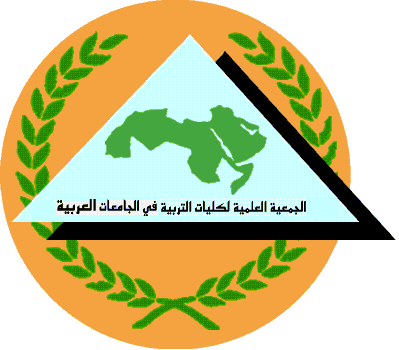Association of Arab Universities Journal for Education and Psychology

Abstract
هدف البحث إلى تعرف طبيعة العلاقة بين الرفاهية النفسية، والذكاء الانفعالي، والتفاؤل، وتحديد مساهمة كل من الذكاء الانفعالي، والتفاؤل في التنبؤ بالرفاهية النفسية من جهة، وتحديد الفروق بين الجنسين في الرفاهية النفسية، والذكاء الانفعالي، والتفاؤل من جهة أخرى لدى طلبة الجامعة. وتكونت العينة من (147) طالبة من طلبة قسم الإرشاد النفسي في كلية التربية بجامعة دمشق، منهم (۳۰) طالبة، و(۱۱۷) طالبة.
استخدم في هذا البحث مقياس الرفاهية النفسية لرايف (۱۹۸۹) ترجمة وإعداد الباحثة، ومقياس الذكاء الانفعالي متعدد العوامل لماير وآخرين (۱۹۹۷) ترجمة، وإعداد الباحثة، والقائمة العربية للتفاؤل، والتشاؤم لأحمد عبد الخالق (۱۹۹۹).
وباستخدام معامل الارتباط، واختبار "ت"، وتحليل الانحدار المتعدد أظهرت النتائج وجود علاقات ايجابية دالة إحصائية بين درجات الطلاب في الرفاهية النفسية (ومكوناتها الفرعية) وكل من الذكاء الانفعالي والتفاؤل، وعدم وجود فروق دالة إحصائية بين متوسط درجات الذكور والإناث في الرفاهية النفسية (ومكوناتها الفرعية)، والذكاء الانفعالي، والتفاؤل. كما بينت نتائج تحليل الانحدار المتعدد أن الذكاء الوجداني، والتفاؤل أسهما إسهامة دالا في التباين بالرفاهية النفسية (ومكوناتها الفرعية).
The aim of the research is to know the nature of the relationship between psychological well-being, emotional intelligence, and optimism, and to determine the contribution of emotional intelligence and optimism to predicting psychological well-being on the one hand, and to identify gender differences in psychological well-being, emotional intelligence, and optimism on the other hand among university students. The sample consisted of 147 students from the Psychological Counseling Department at the College of Education at Damascus University, including (30) female students, and (117) female students.
In this research, Raif’s Psychological Well-Being Scale (1989) was used, translated and prepared by the researcher, and the multifactorial emotional intelligence scale by Mayer and others (1997) translated, prepared by the researcher, and the Arabic list of optimism and pessimism by Ahmed Abdel-Khaleq (1999).
By using the correlation coefficient, t-test, and multiple regression analysis, the results showed the existence of positive, statistically significant relationships between students’ scores in psychological well-being (and its sub-components) and both emotional intelligence and optimism, and the absence of statistically significant differences between the average scores of males and females in psychological well-being (and its components). sub), emotional intelligence, and optimism. The results of the multiple regression analysis also showed that emotional intelligence and optimism made a significant contribution to the variance in psychological well-being (and its sub-components).
Recommended Citation
خرنوب, فتون
(2022)
"الرفاهية النفسية وعلاقتها بالذكاء الانفعالي والتفاؤل. (دراسة ميدانية لدى عينة من طلبة كلية التربية في جامعة دمشق). Psychological well-being and its relationship to emotional intelligence and optimism. (A field study for a sample of students of the Faculty of Education at the University of Damascus).,"
Association of Arab Universities Journal for Education and Psychology: Vol. 14:
Iss.
1, Article 7.
Available at:
https://digitalcommons.aaru.edu.jo/aaru_jep/vol14/iss1/7

